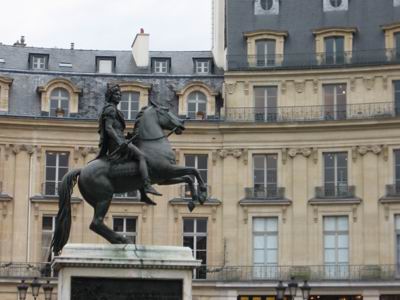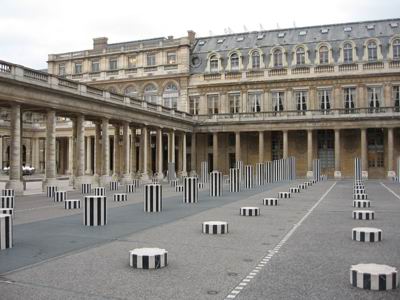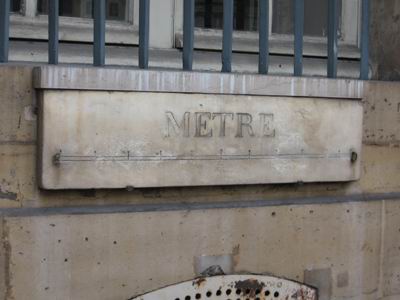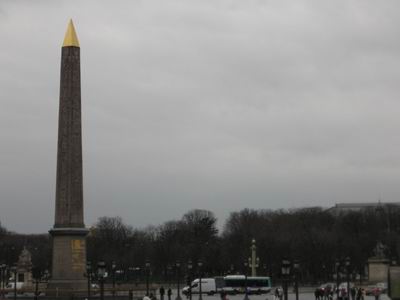- Home
- Itinerary
- Museums
- Museums
- Monuments
- Monuments
- Quartiers
- Quartiers
- Shows
- Shows
- Food
- Food
- Explorations
- Explorations
- Projects
- Projects
- People
- People
- Gallery
- Gallery
- About
- About
- Home
- Home
Places Royales
As we walked around Paris, we saw a lot of open areas with statues in their centers. Many of these are "places royales", which were dedicated to the king at the time of construction, and usually had a statue of the king in the center. Though most of the original statues were destroyed during the revolution of 1789, some of them have been replaced. Place des Victoires is a round plaza with a statue of Louis XIV in the center. Apparently the diameter of the circle and the height of the statue were planned out so that visitors would look upon the statue from the perfect angle.

Walking a bit further, we came upon Le Palais Royal, which, though called the "royal palace", was originally constructed for a cardinal, Cardinal Richelieu. The Cardinal left the palace to the royal family during the end of the reign of Louis XIII. Eventually the palace gardens were made open to the public, and some of the apartments were rented out, as they are to this day. Part of the palace is now office space for the government of France, and in the courtyard near the administrative wing there is a statue from the 1980s created by Daniel Buren. There are mixed opinions about the aesthetics of this installation; there is a photo included below so you can make your own judgment!

A little further down the road is the Place Vendôme. This square is decorated with little suns on all the balconies of the surrounding buildings in honor of Louis XIV, but the statue in the center represents Napoleon I. The statue sits atop a tall column decorated with battle scenes from the Battle of Austerlitz in 1805, and it was all realized in the style of ancient Rome, which was popular at the time. To one side of this royal place, there is a wall with a meter carved onto it in order to let the public know the exact length of this new unit of measurement, which was introduced in the late 18th century.

Our final stop in this string of royal squares was Place de la Concorde, which was a square built for Louis XV. This square is very large and sits on the banks of the Seine. Its main focal point is the Obelisk of Luxor at its center, which was a gift to France from Egypt. This square was the site of the guillotines following the revolution of 1789, and it is here that King Louis XVI and his wife Marie Antoinette, along with many others, were executed. (-Alicia)
